Imagine a creature so massive that its tongue alone weighs more than an elephant. A heart as big as a small car, beating deep beneath the waves. The blue whale is not just a wonder of the sea; it is the heaviest animal that has ever existed on our planet, dwarfing even the mightiest dinosaurs. How did this gentle giant come to rule the oceans with such astonishing size? The story of the blue whale’s evolution is a tale of ancient seas, shifting climates, and the relentless drive of life to adapt and thrive in the most extraordinary ways.
The Ancient Roots of Whale Evolution
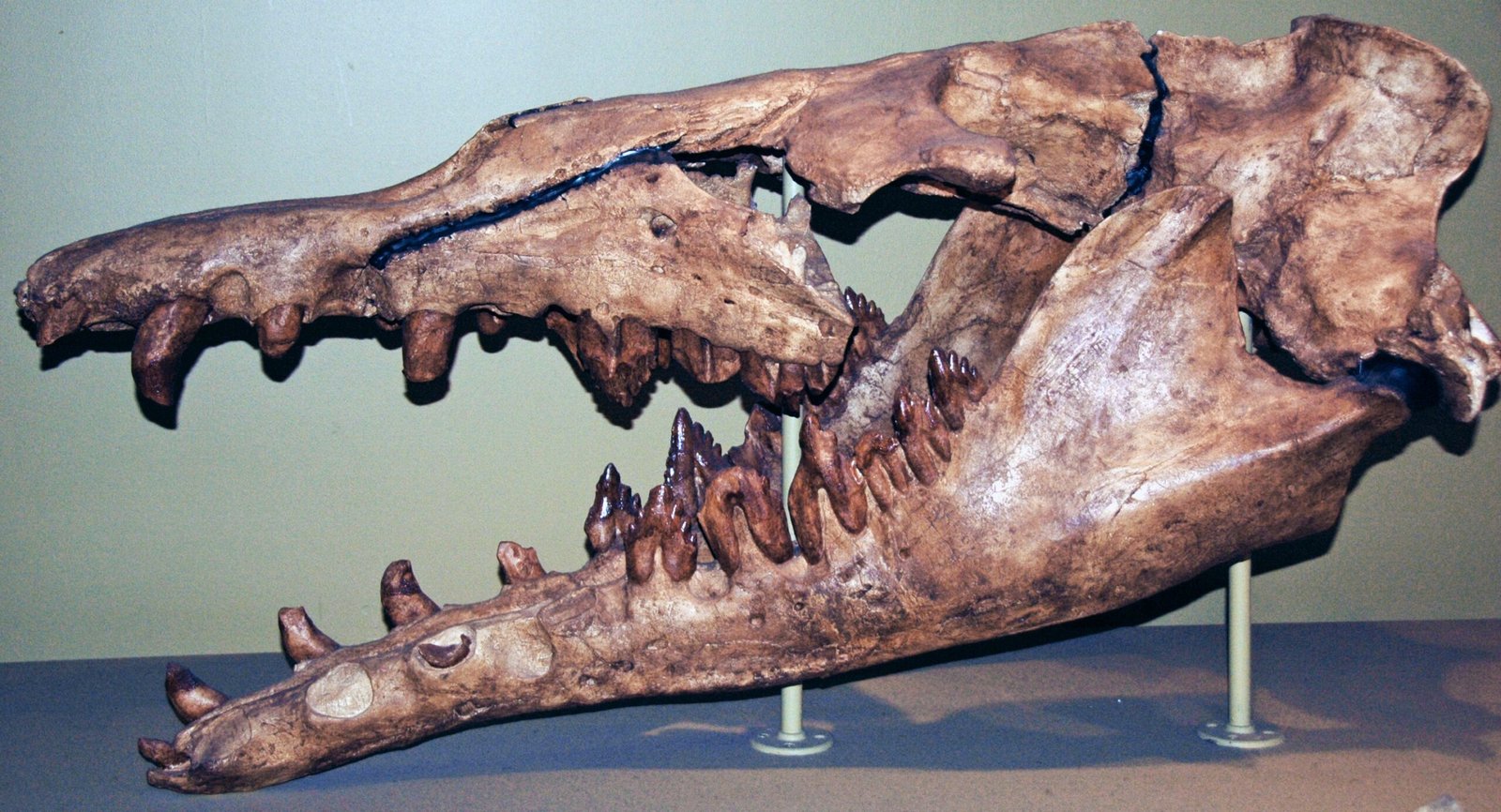
Long before the blue whale graced the oceans, its ancestors walked on land. About 50 million years ago, a small, deer-like mammal called Pakicetus began venturing into shallow waters in search of food. Over millions of years, these early cetaceans adapted to life in water, their bodies transforming in ways both subtle and dramatic. Limbs became flippers, nostrils migrated to the tops of their heads, and tails evolved into powerful tools for swimming. This transition from land to sea set the stage for the rise of the modern whale, a journey that would take tens of millions of years and countless evolutionary experiments.
The Leap to Gigantic Size
For most of their history, whales were not giants. In fact, the ancestors of blue whales and other baleen whales were modest in size, not much bigger than a minivan. The leap to colossal proportions began only about 5 million years ago—a blink of an eye in evolutionary terms. What sparked this sudden growth spurt? Scientists believe it was a perfect storm of environmental changes: cooler global temperatures, shifting ocean currents, and an explosion of nutrient-rich upwellings that fueled vast blooms of plankton. The oceans became a buffet, and the whales that could grow larger and travel farther to feed on this abundance had a clear advantage.
The Power of Baleen and Filter Feeding
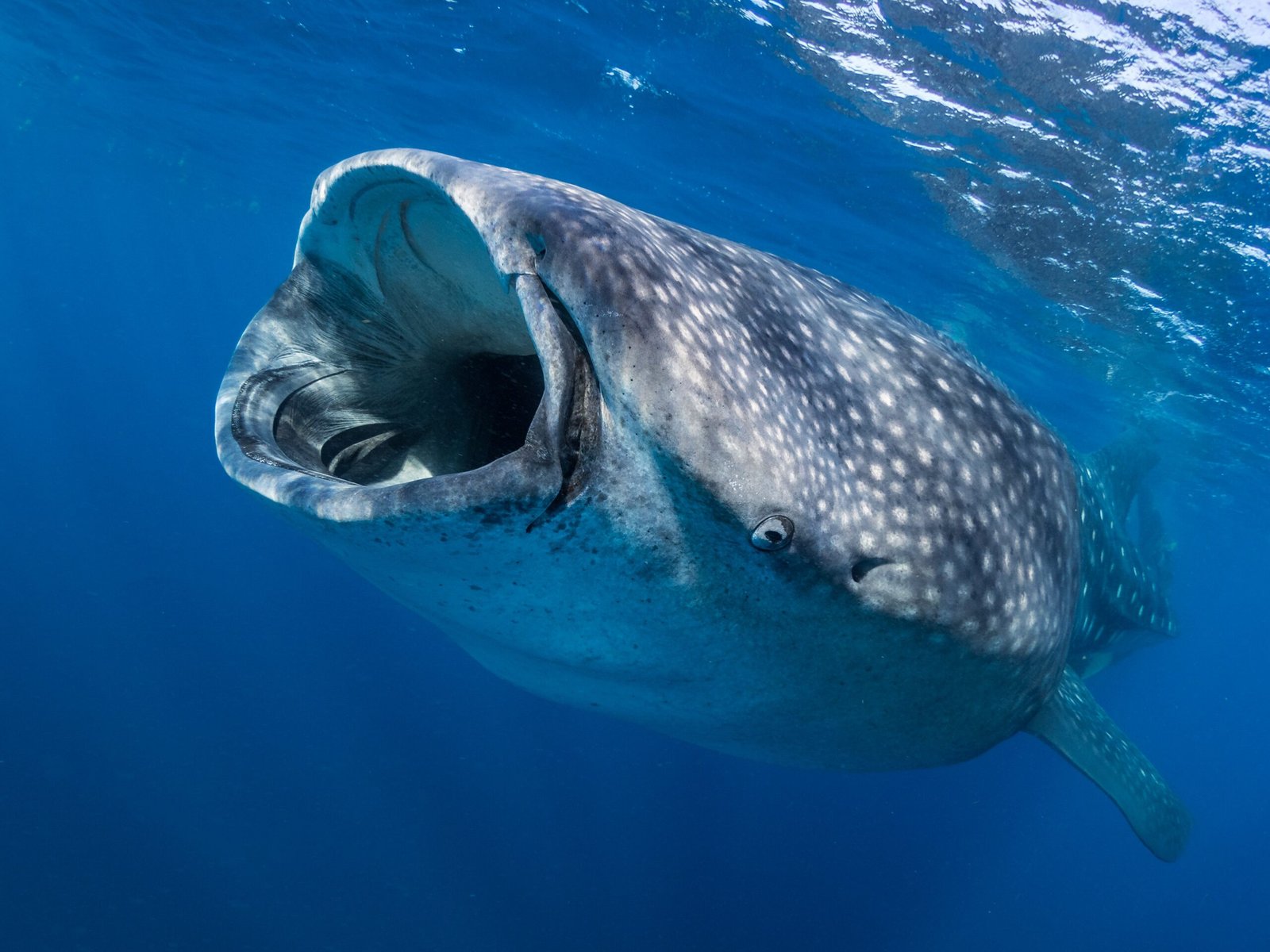
One of the blue whale’s most astonishing adaptations is its baleen—a series of comb-like plates in its mouth that act like a giant sieve. Instead of hunting individual fish, blue whales gulp vast mouthfuls of water and filter out tiny shrimp-like krill, consuming up to four tons of these creatures in a single day. This feeding strategy is only possible at enormous size, allowing blue whales to exploit a food source unavailable to smaller animals. The evolution of baleen was a game-changer, opening the door to gigantism and enabling the blue whale to dominate the oceans in a way no animal ever had before.
Oceans Rich in Opportunity
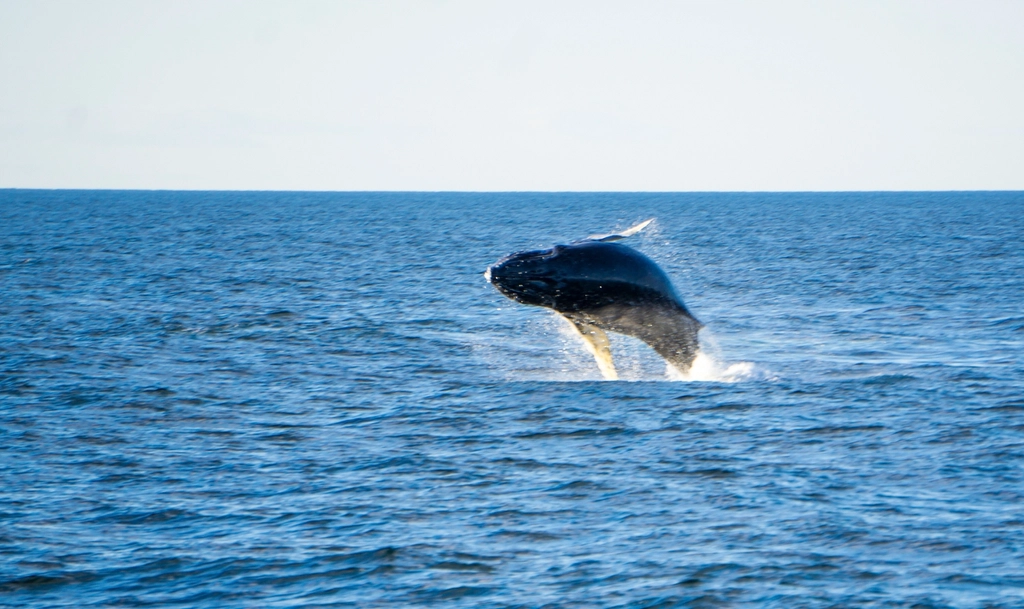
The blue whale’s rise was made possible by the changing nature of Earth’s oceans. As ice ages waxed and waned, glaciers ground down rocks on land, sending a rush of nutrients into the sea. These nutrients fueled explosive blooms of phytoplankton, which in turn supported vast swarms of krill—the blue whale’s primary food. With so much food available, there was little to limit how large a whale could grow, as long as it could find and eat enough krill. The vast, open ocean became the perfect arena for these giants to thrive, roaming thousands of miles in search of their next meal.
Gigantism as a Survival Strategy
Being the biggest animal on Earth comes with its own set of perks. Size offers blue whales protection; few predators can threaten an adult whale. Gigantism also helps with long-distance travel, as larger animals are more efficient swimmers and can store more energy in their blubber. In addition, big bodies are better at retaining heat in cold waters, giving blue whales an edge in the icy oceans where krill are most abundant. Every advantage added up, making the blue whale’s body plan a masterpiece of evolutionary problem-solving.
Breathing at the Surface, Living in the Deep
Despite their size, blue whales are still mammals, relying on lungs to breathe air at the surface. This unique lifestyle presents challenges—holding their breath for up to 30 minutes while diving deep to find food. Their massive lungs, powerful muscles, and specialized blood chemistry allow them to store and use oxygen efficiently. Each dive is a carefully orchestrated performance, balancing the need for food with the need to return to the surface for air. The blue whale’s respiratory system is a marvel, perfectly tuned to support its gigantic frame.
The Role of Migration in Shaping Size
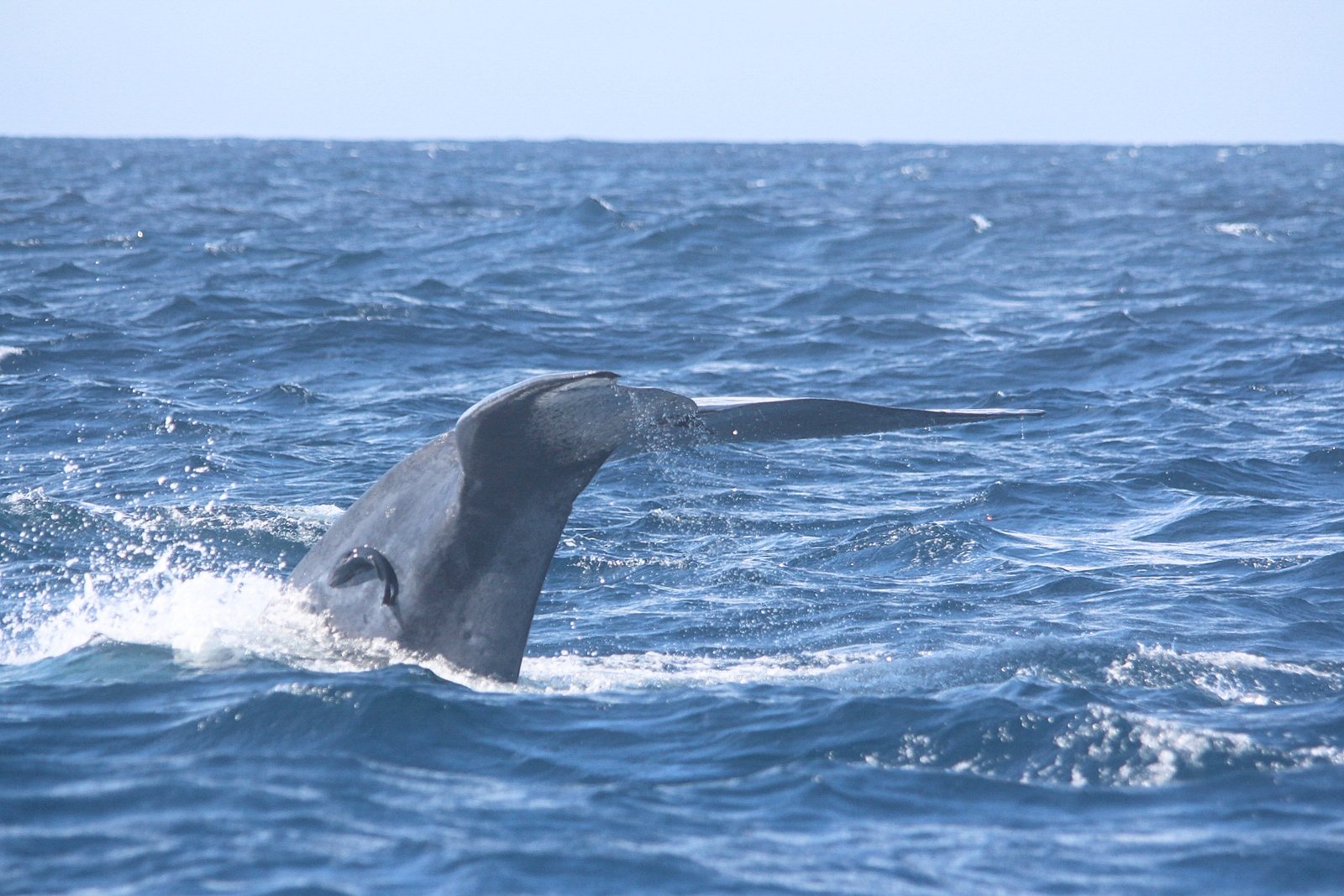
Blue whales are some of the greatest travelers on Earth, migrating thousands of miles each year between polar feeding grounds and tropical breeding areas. Their immense size makes these epic journeys possible, as they can store enough energy in their blubber to survive long stretches without eating. Migration also helps blue whales avoid harsh winters and take advantage of seasonal food booms. This constant movement has shaped not only their bodies but also their social behavior, as they cross entire oceans in search of the perfect conditions to feed and reproduce.
Competition and the Need for Speed
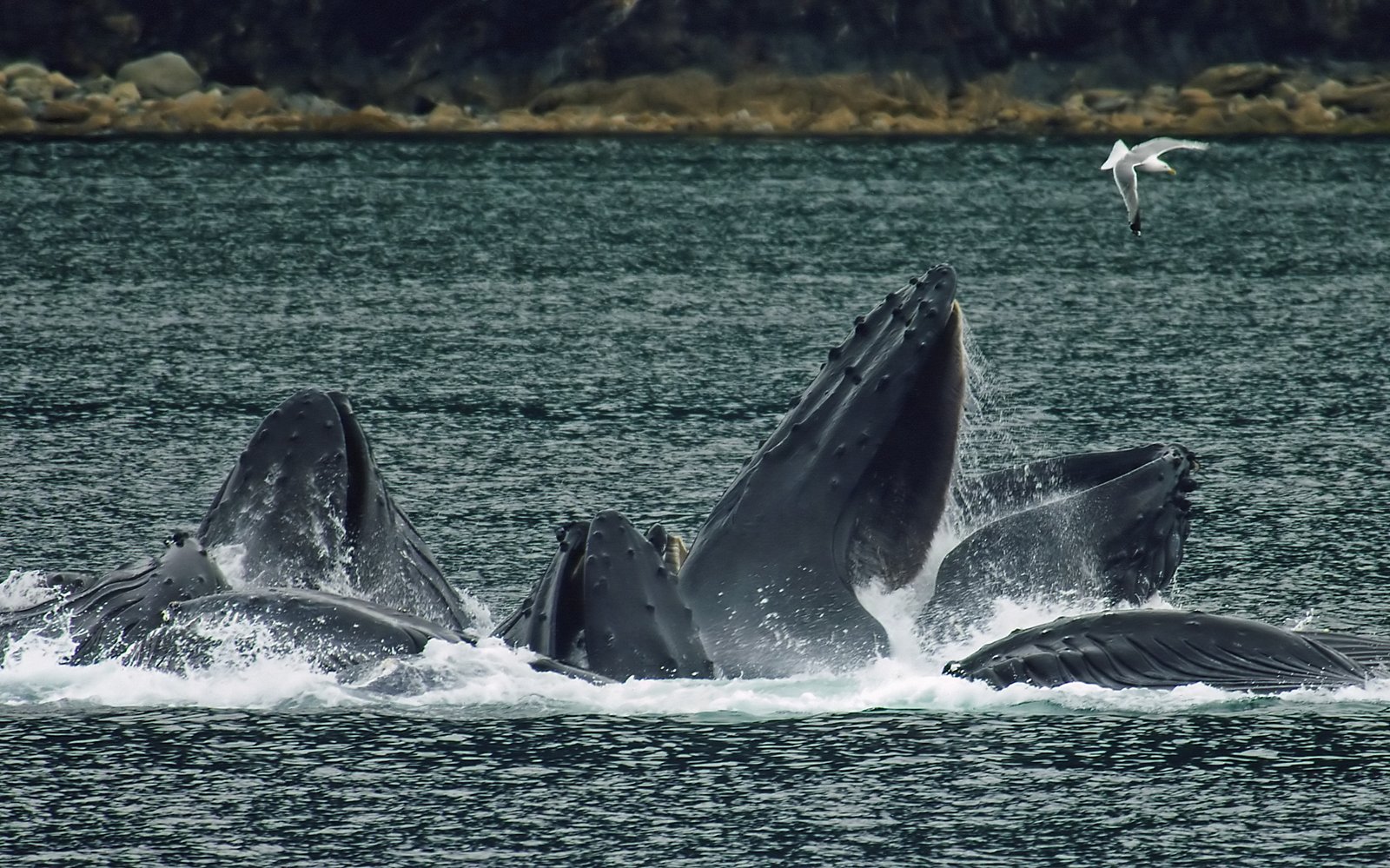
In a world filled with other hungry whales, evolution favored those that could eat the most, the fastest. Blue whales developed the ability to lunge-feed, accelerating their massive bodies to engulf huge clouds of krill in a single gulp. This technique requires immense power and coordination, and only the largest whales can pull it off effectively. Competition for food drove blue whales to grow even bigger, turning the pursuit of a meal into a high-stakes race for survival. Every mouthful counts, and the largest whales reap the biggest rewards.
Adapting to Changing Seas

The blue whale’s reign has not been without challenges. Climate change, shifting currents, and changes in prey availability have all tested their adaptability. Yet, blue whales have survived dramatic changes in ocean conditions for millions of years, using their intelligence, social behavior, and sheer size to persevere. Their ability to adapt is both inspiring and sobering, serving as a reminder of nature’s resilience—and of the delicate balance that sustains the largest creatures on Earth.
The Continuing Mystery of Whale Evolution
Even today, scientists are still uncovering secrets about how blue whales became so large. Recent advances in genetics, fossil discoveries, and new technologies for tracking whales in the wild are reshaping our understanding of their history. Each new discovery adds another layer to the story, revealing just how complex and remarkable the journey to gigantism has been. The blue whale remains a symbol of nature’s ingenuity, a living link to a time when our world was shaped by forces both familiar and profoundly alien.
What the Blue Whale Teaches Us About Life’s Limits
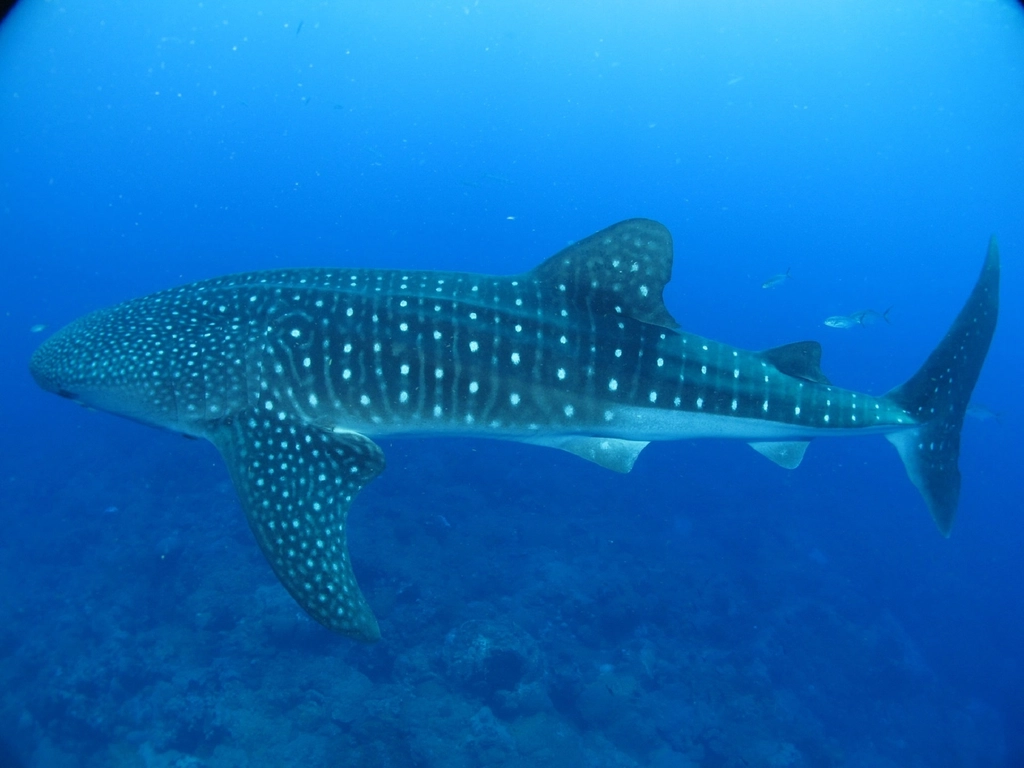
The blue whale’s story is more than just a tale of size; it is a lesson in how life can push the boundaries of what seems possible. From humble beginnings on land to becoming rulers of the deep, blue whales show us that the path of evolution is full of twists, turns, and astonishing leaps. Their existence challenges our imagination and deepens our sense of wonder about what life can achieve. As we marvel at these ocean titans, we are reminded that even the greatest giants start small, and that the journey of evolution is never truly finished.




